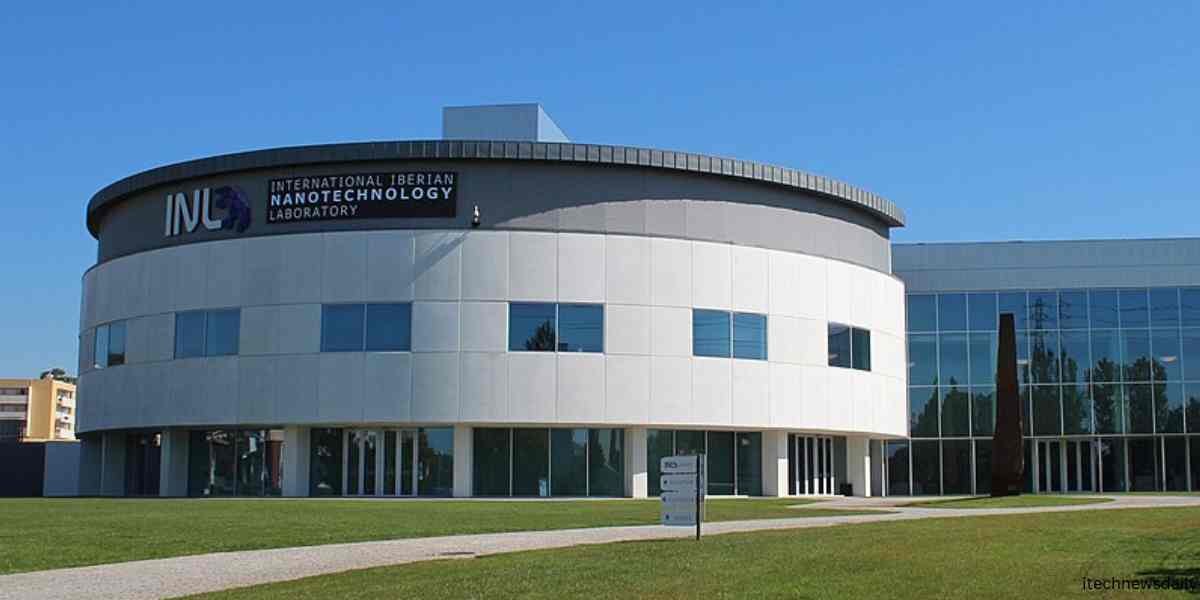
Idaho National Laboratory
Nestled amidst the picturesque landscapes of Idaho lies an emblem of scientific ingenuity and technological advancement – the Idaho National Laboratory (INL). Founded in 1949, INL stands as the United States’ premier nuclear research and development institution, fostering innovation, driving energy solutions, and ensuring national security through cutting-edge science and engineering.
Spanning over 890 square miles of high desert terrain in southeastern Idaho, INL is not only one of the largest nuclear research facilities globally but also a hub for interdisciplinary collaboration, pioneering research, and groundbreaking discoveries. This article delves deep into the history, mission, research endeavors, and societal impact of the Idaho National Laboratory.
Origins and Evolution
Genesis of INL
The establishment of the Idaho National Laboratory traces back to the dawn of the Atomic Age. In the aftermath of World War II, as the United States entered the nuclear era, the need for a dedicated facility for nuclear research and development became evident. Thus, in 1949, the Atomic Energy Commission (AEC) selected the desert expanse of Idaho as the site for its new laboratory.
Initially named the National Reactor Testing Station (NRTS), INL was envisioned as a testing ground for nuclear reactors, fuel development, and nuclear propulsion systems. Over the decades, the laboratory evolved in scope and mission, diversifying its research portfolio to address emerging challenges in energy, environment, national security, and beyond.
Milestones and Transformative Initiatives
Throughout its illustrious history, INL has achieved numerous milestones and spearheaded transformative initiatives in nuclear science and beyond. From conducting the world’s first successful demonstration of nuclear-powered electricity generation in 1951 to pioneering advancements in nuclear reactor design and fuel cycle technologies, INL has remained at the forefront of innovation.
One of the defining moments in INL’s trajectory was its pivotal role in the development of nuclear-powered naval propulsion systems during the Cold War era. The laboratory’s contributions not only propelled the U.S. Navy’s fleet of nuclear submarines and aircraft carriers but also laid the groundwork for advancements in civilian nuclear power generation.
In recent decades, INL has diversified its research focus to encompass a wide array of disciplines, including renewable energy, cybersecurity, advanced manufacturing, and environmental stewardship. Through strategic partnerships with academia, industry, and government agencies, INL continues to pioneer solutions to complex challenges facing society in the 21st century.
Mission and Core Competencies
Mission Statement
At the heart of INL’s endeavors lies a steadfast commitment to advancing science, technology, and innovation to address the nation’s most pressing challenges. The laboratory’s mission is multifaceted, encompassing:
- Nuclear Energy Research and Development: INL conducts research to enhance the safety, efficiency, and sustainability of nuclear power generation, including next-generation reactor designs and advanced fuel cycles.
- National Security and Defense: INL plays a critical role in safeguarding the nation’s nuclear assets, combating nuclear proliferation, and developing technologies to detect and mitigate emerging threats.
- Energy and Environmental Sustainability: From renewable energy integration to waste management solutions, INL pioneers technologies to promote a cleaner, more sustainable energy future.
- Advanced Manufacturing and Materials Science: Leveraging expertise in materials science and engineering, INL drives innovation in additive manufacturing, advanced composites, and novel materials for diverse applications.
- Cybersecurity and Resilience: In an increasingly interconnected world, INL leads efforts to enhance cybersecurity, protect critical infrastructure, and bolster resilience against cyber threats.
Core Competencies
INL’s diverse portfolio of core competencies encompasses a wide spectrum of scientific and engineering disciplines:
- Nuclear Science and Engineering: With world-class facilities such as the Advanced Test Reactor (ATR) and the Materials and Fuels Complex (MFC), INL conducts fundamental research and testing to advance nuclear science and engineering.
- Materials Science and Characterization: INL’s state-of-the-art laboratories enable researchers to characterize and develop advanced materials for applications ranging from nuclear reactors to aerospace components.
- Computational Modeling and Simulation: Harnessing the power of high-performance computing, INL develops advanced simulation tools to model complex physical phenomena, optimize designs, and inform decision-making.
- Environmental Science and Remediation: INL leads efforts to characterize and remediate contaminated sites, mitigate environmental impacts, and develop innovative approaches for waste management and disposal.
- Energy Systems Analysis and Integration: Through systems-level analysis and modeling, INL evaluates the performance, economics, and environmental footprint of energy systems, informing policy and investment decisions.
Research Facilities and Infrastructure
Advanced Test Reactor (ATR)
At the heart of INL’s research capabilities lies the Advanced Test Reactor (ATR), one of the world’s premier neutron irradiation facilities. With its unique ability to simulate the conditions found in various reactor types, the ATR enables researchers to study the behavior of nuclear materials, fuels, and components under extreme conditions.
Materials and Fuels Complex (MFC)
The Materials and Fuels Complex (MFC) serves as a hub for advanced materials research, fuel development, and post-irradiation examination. Equipped with cutting-edge laboratories and hot cells, the MFC enables scientists to fabricate, irradiate, and analyze nuclear fuels and materials with unparalleled precision.
Cybercore Integration Center
In an era defined by digital transformation and cyber threats, the Cybercore Integration Center at INL serves as a nexus for cybersecurity research, development, and testing. From secure software development to threat intelligence analysis, the center provides a collaborative environment for academia, industry, and government partners to address evolving cyber challenges.
Energy Innovation Laboratory (EIL)
The Energy Innovation Laboratory (EIL) at INL fosters research and development in renewable energy, grid modernization, and energy storage technologies. Equipped with state-of-the-art testing facilities and grid simulation capabilities, the EIL accelerates the transition to a more resilient, sustainable energy infrastructure.
National Security Test Range
As a critical asset in safeguarding national security, the National Security Test Range at INL provides a secure environment for testing and evaluating defense systems, sensors, and technologies. From unmanned aerial vehicles to radiation detection systems, the test range enables researchers to assess the performance and effectiveness of critical assets in real-world scenarios.
Collaborative Partnerships and Outreach
Industry Collaboration
INL collaborates closely with industry partners across sectors, leveraging expertise and resources to accelerate technology development and commercialization. Through collaborative research projects, technology transfer initiatives, and industry consortia, INL fosters innovation and drives economic growth in Idaho and beyond.
Academic Engagement
INL maintains strategic partnerships with universities and research institutions nationwide, providing opportunities for collaborative research, student internships, and workforce development. By engaging with the academic community, INL fosters a culture of innovation, knowledge exchange, and lifelong learning.
Community Outreach
In addition to its scientific and technical endeavors, INL is committed to engaging with the local community and fostering a culture of STEM education and outreach. Through K-12 STEM programs, community events, and educational partnerships, INL inspires the next generation of scientists, engineers, and innovators.
Societal Impact and Future Directions
Advancing Clean Energy Solutions
As the world grapples with the urgent challenges of climate change and energy security, INL’s research plays a pivotal role in advancing clean energy solutions. From advanced nuclear technologies to renewable energy integration and grid modernization, INL’s innovations hold the promise of a more sustainable, resilient energy future.
Enhancing National Security
In an increasingly complex and interconnected world, INL’s contributions to national security are more critical than ever. Through advanced research, technology development, and collaboration with government agencies, INL strengthens the nation’s defense capabilities and safeguards against emerging threats.
Shaping the Future of Science and Innovation
As a beacon of scientific excellence and technological innovation, INL continues to push the boundaries of knowledge and exploration. From fundamental research in nuclear science to transformative advancements in cybersecurity and materials science, INL shapes the future of science and innovation, driving progress and prosperity for generations to come.
Conclusion
The Idaho National Laboratory stands as a testament to the power of human ingenuity, collaboration, and perseverance. From its humble beginnings as a nuclear testing ground to its present-day role as a global leader in science and technology, INL has remained steadfast in its mission to advance knowledge, solve complex challenges, and secure a brighter future for humanity.
As we look to the horizon of discovery and innovation, INL serves as a guiding light, illuminating the path forward with its unwavering commitment to excellence, integrity, and impact. In the years ahead, INL will continue to push the boundaries of possibility, inspire the next generation of innovators, and forge new frontiers in science, technology, and beyond.











